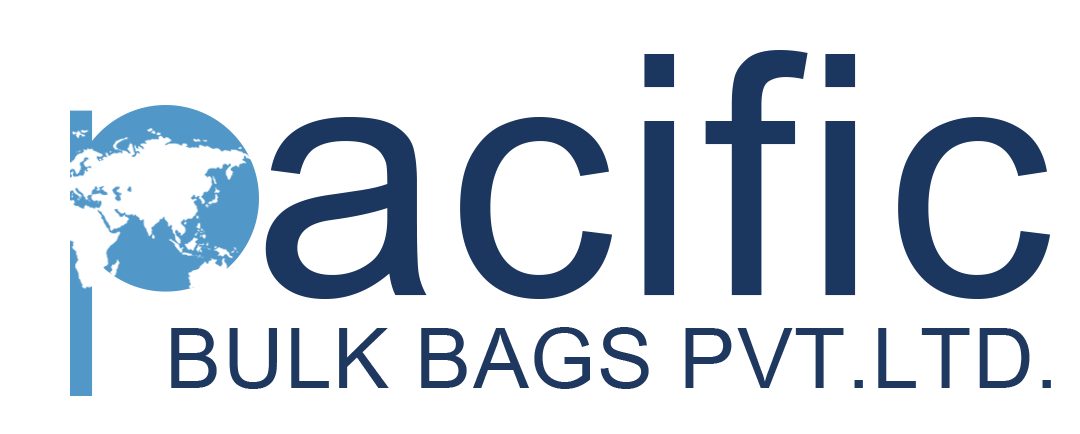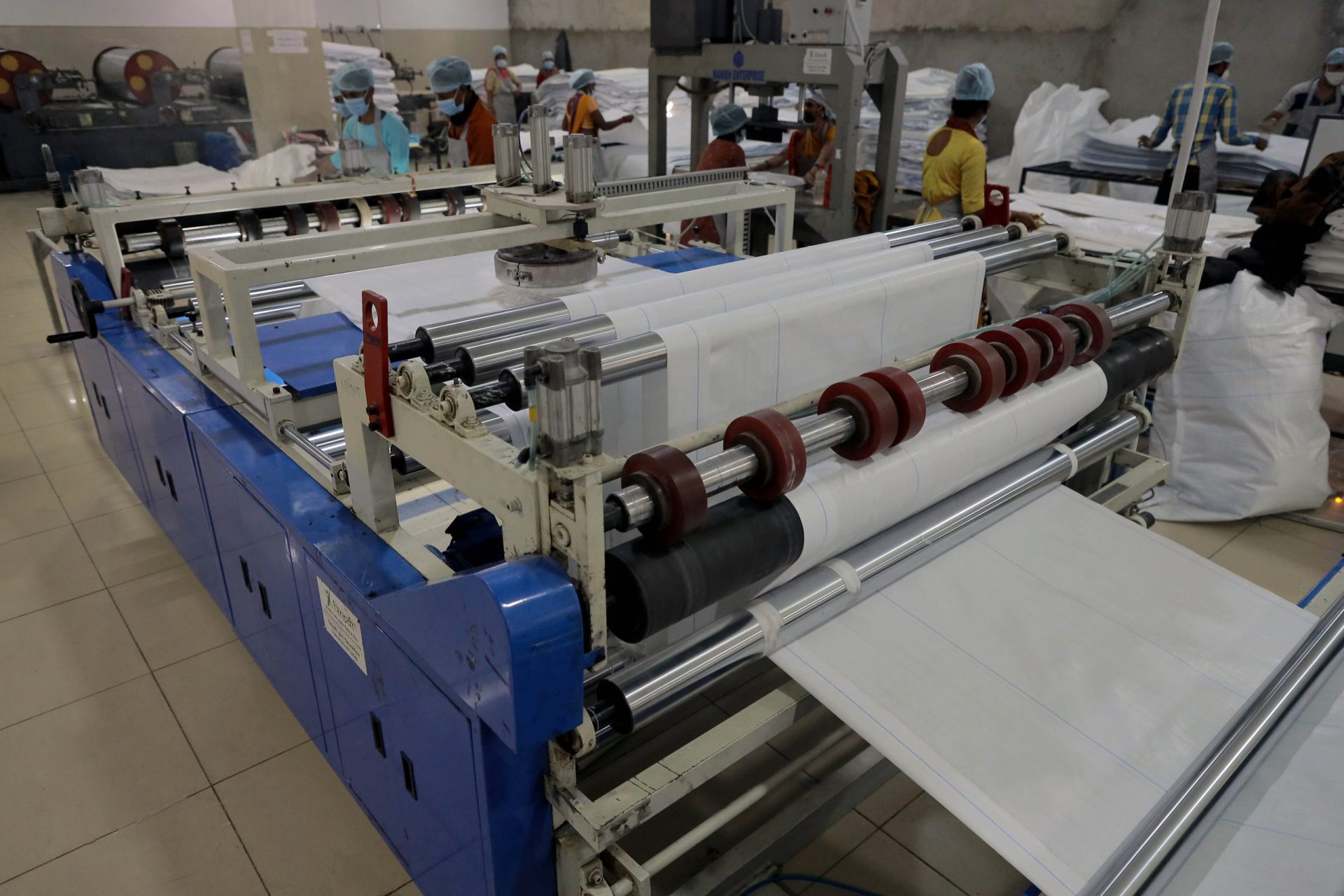FIBC Bag Manufacturers in India :
Our journey through the manufacturing labyrinth of these indispensable bulk bags reveals a story of innovation, quality, and sustainability. This guide aims to demystify the FIBC manufacturing process, highlight the materials used, and underscore the unique advantages of sourcing FIBCs from Indian manufacturers. Pacific Bulk Bags is a notable FIBC Bag Manufacturers in India. They specialize in producing a diverse range of FIBC bags. Despite a common misconception, not all bulk bags are created equal. The nuances in the manufacturing process and material quality can significantly impact the bag’s suitability for your specific needs.
Understanding FIBC Materials
At the core of every FIBC bag is polypropylene fabric, a resilient thermoplastic polymer known for its strength, durability, and resistance to moisture, chemicals, and UV radiation. The quality of polypropylene, however, can vary, influencing the bag’s overall performance. Some bags also feature a protective coating to enhance their resistance to environmental factors.
Key Specifications to Consider:
- Thread Thickness (Denier):
The denier of the threads used in FIBC bags is a critical factor that determines the durability and strength of the fabric. A higher denier indicates thicker threads, which contribute to the overall robustness of the bag, making it more resistant to wear and tear during handling and transport.
- Fabric Weight (GSM):
GSM stands for grams per square meter and refers to the fabric’s weight. This specification impacts the bag’s load-bearing capacity, with heavier fabric typically able to support more weight. It’s essential to choose a bag with an appropriate GSM rating for the weight of the materials you intend to store or transport.
- Yarn and Fabric Strength:
The strength of the yarn and fabric is paramount in ensuring that the FIBC bag can withstand the stresses encountered during transport, including lifting, shifting, and stacking. High-quality yarn and strong fabric construction help prevent ruptures and ensure the safe containment of the bag’s contents.
- FIBC Capacity:
FIBC bags come in various capacities, typically ranging from 500 to 4,000 pounds. This specification is crucial as it dictates how much material the bag can safely hold, directly impacting your operational efficiency and safety protocols.
Types of FIBC Bags:
- Type A:
These bags offer no specific electrostatic protection and are suitable for non-flammable products and environments where flammable gases or vapors are not present.
- Type B:
Type B bags have a surface breakdown voltage of less than 6kV, reducing the risk of propagating brush discharges, which can ignite combustible atmospheres. They are suitable for dry, flammable powders but not when flammable solvents or gases are present.
- Type C:
Known as conductive bags, Type C FIBCs are made from electrically conductive fabric or contain conductive threads. They must be grounded during filling and discharging, making them safe for use in environments where flammable powders, gases, or solvents are present.
- Type D:
These bags are made from antistatic fabrics that safely dissipate static electricity into the atmosphere without the need for grounding. They are suitable for environments with flammable dusts and where grounding cannot be guaranteed.
Styles of FIBC Bags:
1. Rectangular or Four-Panel Bags:
These bags are constructed from four separate fabric panels sewn together, offering a stable shape and efficient use of space, making them ideal for stacking and storage.
- Duffle Top Bags:
Featuring a duffle-like closure at the top, these bags allow for easy filling and are versatile in their application, suitable for a wide range of products.
- Circular Bulk Bags:
Constructed from a single piece of fabric that creates a seamless tubular shape, circular bags offer enhanced strength and are often used for fine or hydroscopic materials.
The FIBC Manufacturing Journey
- Extrusion: The journey begins with polypropylene resin and additives being fed into an extruder, producing PP tapes of varying thickness and width, which are then stretched and cut into sheets.
- Weaving: These tapes are woven into fabric, either circular for certain bag types or flat for U-panel designs.
- Vacuuming and Lamination: Post-weaving, the fabric may be vacuumed to remove dust before a protective polypropylene coating is applied for moisture resistance. Uncoated options remain for breathable applications.
- Printing: Customization through printing is done with FDA-approved inks, ensuring safety for food contact and quick drying to prevent smudging.
- Cutting and Sewing: Precision cutting shapes the fabric, which is then sewn into bags by skilled technicians in clean environments to meet sanitation standards.
Choosing the Right FIBC Bag
Selecting the right FIBC bag involves more than just aesthetics. It’s about understanding your specific needs, the nature of the materials you’re handling, and the environmental conditions the bags will be exposed to. At Pacific Bulk Bags, we pride ourselves on guiding our customers through this selection process, ensuring they get the best solution for their requirements.
Frequently Asked Questions (FAQs) about FIBC Bags
- What are FIBC bags made of?
FIBC bags are primarily made of polypropylene fabric, a durable and flexible thermoplastic polymer that offers resistance to moisture, chemicals, and UV radiation. Some FIBC bags may also have a protective coating to enhance their resistance to moisture and prevent sifting of fine materials.
- How much weight can an FIBC bag hold?
The weight capacity of FIBC bags can vary significantly, typically ranging from 500 to 4,000 pounds (225 to 1,800 kilograms). The specific capacity depends on the bag’s design, fabric strength, and safety factor rating.
- What are the different types of FIBC bags?
FIBC bags are categorized into four main types based on their electrostatic properties:
- Type A: No electrostatic protection.
- Type B: Surface breakdown voltage of <6kV, offering some electrostatic protection.
- Type C: Made from conductive material or with conductive threads, allowing the bag to be grounded.
- Type D: Made from antistatic fabric that safely dissipates static electricity without the need for grounding.
- Can FIBC bags be customized?
Yes, FIBC bags can be customized in various ways, including size, shape, type of lift loops, filling and discharge options, and additional features like liners or coatings. Bags can also be printed with company logos, instructions, or other information.
- Are FIBC bags reusable?
Some FIBC bags are designed for single use, while others are manufactured for multiple uses. Reusable bags typically have a higher safety factor rating (6:1 or above) and are made from more durable materials. It’s important to inspect and maintain reusable bags to ensure their integrity over multiple uses.
Conclusion
The world of FIBC bags is complex, with various factors influencing the choice of the right bag. Understanding the manufacturing process, material quality, and types of FIBC bags is crucial for making an informed decision. At Pacific Bulk Bags, we’re committed to providing our clients with high-quality, customized FIBC solutions that meet their unique needs, ensuring safety, efficiency, and reliability in their operations.


